As a design observer tracking the evolution of living spaces, I've witnessed smart home technology transform from a luxury add-on to the very backbone of contemporary interior design. Today's sophisticated interiors demand an artful fusion of connectivity and aesthetics, where every smart device serves both form and function. The challenge lies not in merely incorporating technology, but in orchestrating an environment where it enhances rather than dominates the design narrative.
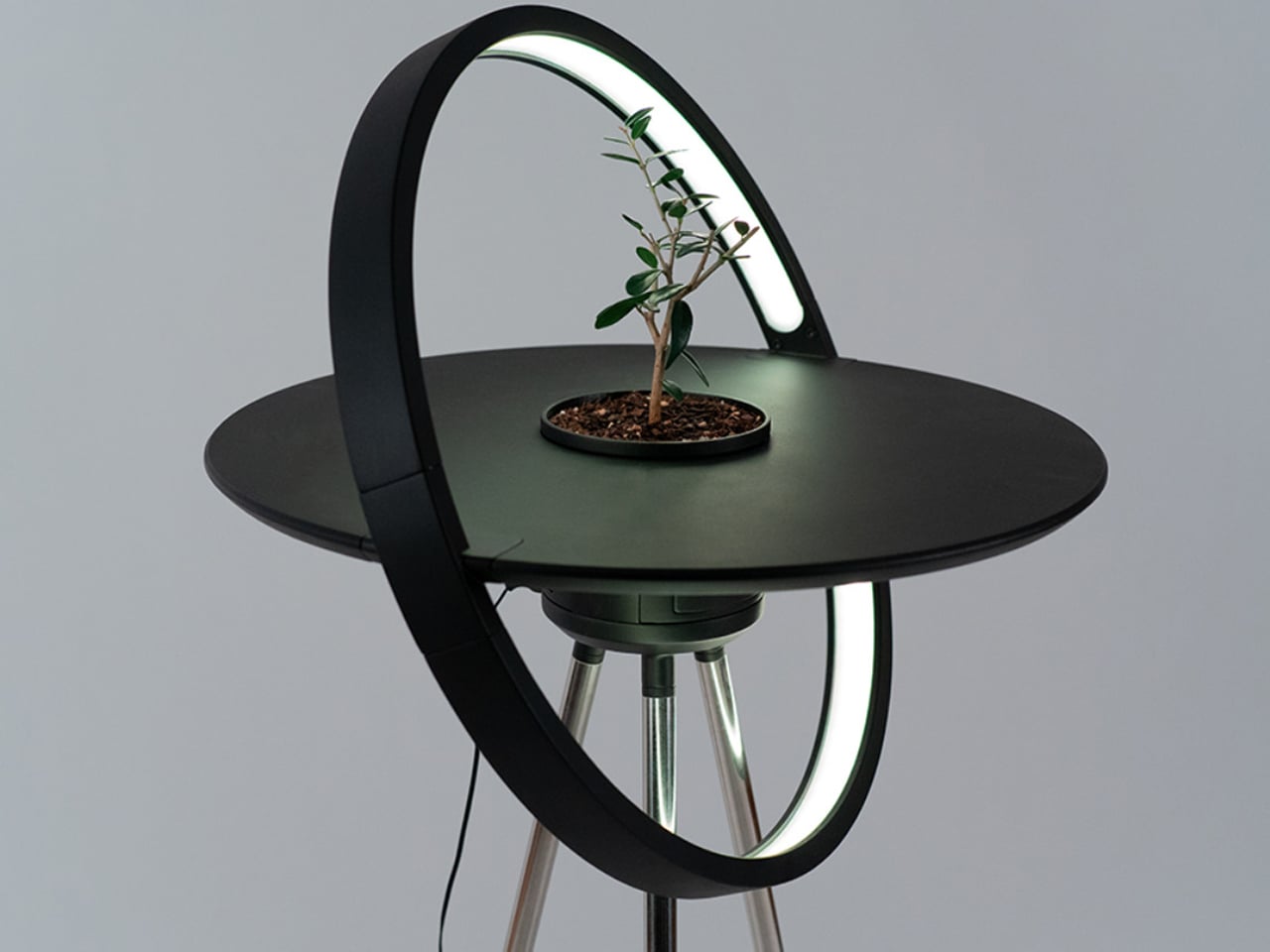
The numbers tell a compelling story: the global smart home market is projected to reach $622.59 billion by 2026, reflecting our collective shift toward intelligent living spaces. This explosive growth has catalyzed a design revolution, pushing manufacturers and designers to reimagine everyday objects as sophisticated tech-integrated elements. The result? A new design language where thermostats become wall sculptures, speakers masquerade as decorative objects, and lighting systems transform into architectural features.
Here are 10 sophisticated approaches to weaving smart technology into your interior design, ensuring your space remains both cutting-edge and aesthetically refined:
1. Choose Sleek Designs
Today's home automation devices have evolved beyond mere functionality, embracing minimalist aesthetics that complement contemporary interiors. Leading manufacturers like Google, Apple, and Samsung now prioritize design-forward approaches.
2. Incorporate Built-in Technology
The future of smart home integration lies in invisibility through thoughtful architecture. Designers are reimagining traditional elements — from kitchen cabinetry to bathroom mirrors — as sophisticated tech hubs.

3. Coordinate Colors
The art of integrating smart devices into your color palette requires a sophisticated understanding of finish psychology. Manufacturers now offer seasonal collections and limited-edition finishes that align with interior design trends.

4. Select Compatible Materials
Material selection in smart home design has evolved into a nuanced art form. Manufacturers now offer devices in materials that echo architectural finishes — brushed aluminum harmonizes with modern kitchen appliances.
5. Integrate Smart Art and Decor
Smart galleries and interactive mirrors have transcended their technological origins to become dynamic design elements, seamlessly shifting between cherished family photos and functional interfaces.
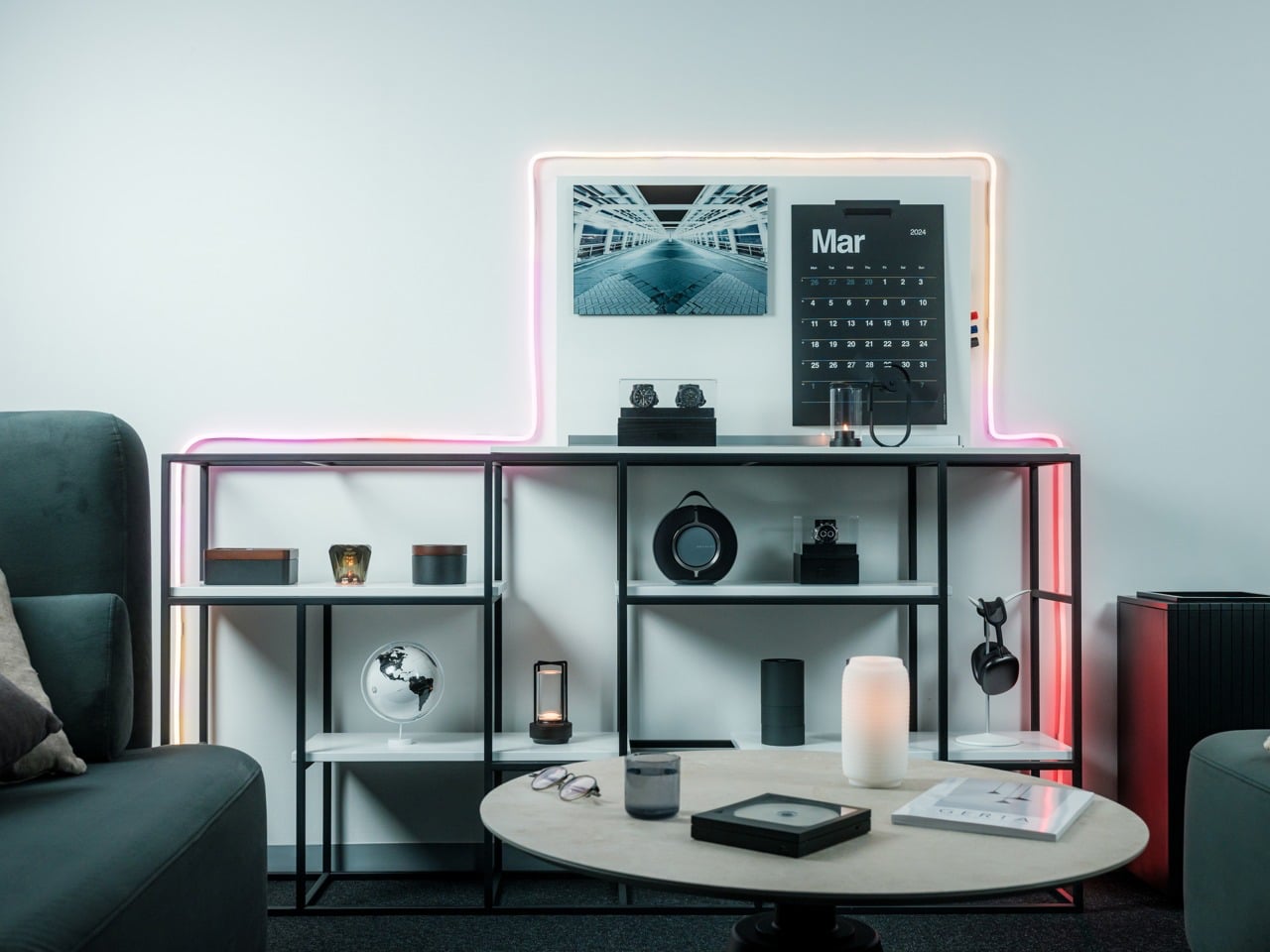
6. Layer Smart Lighting
The orchestration of smart lighting represents perhaps the most sophisticated intersection of technology and interior design, transcending the traditional lighting trifecta.
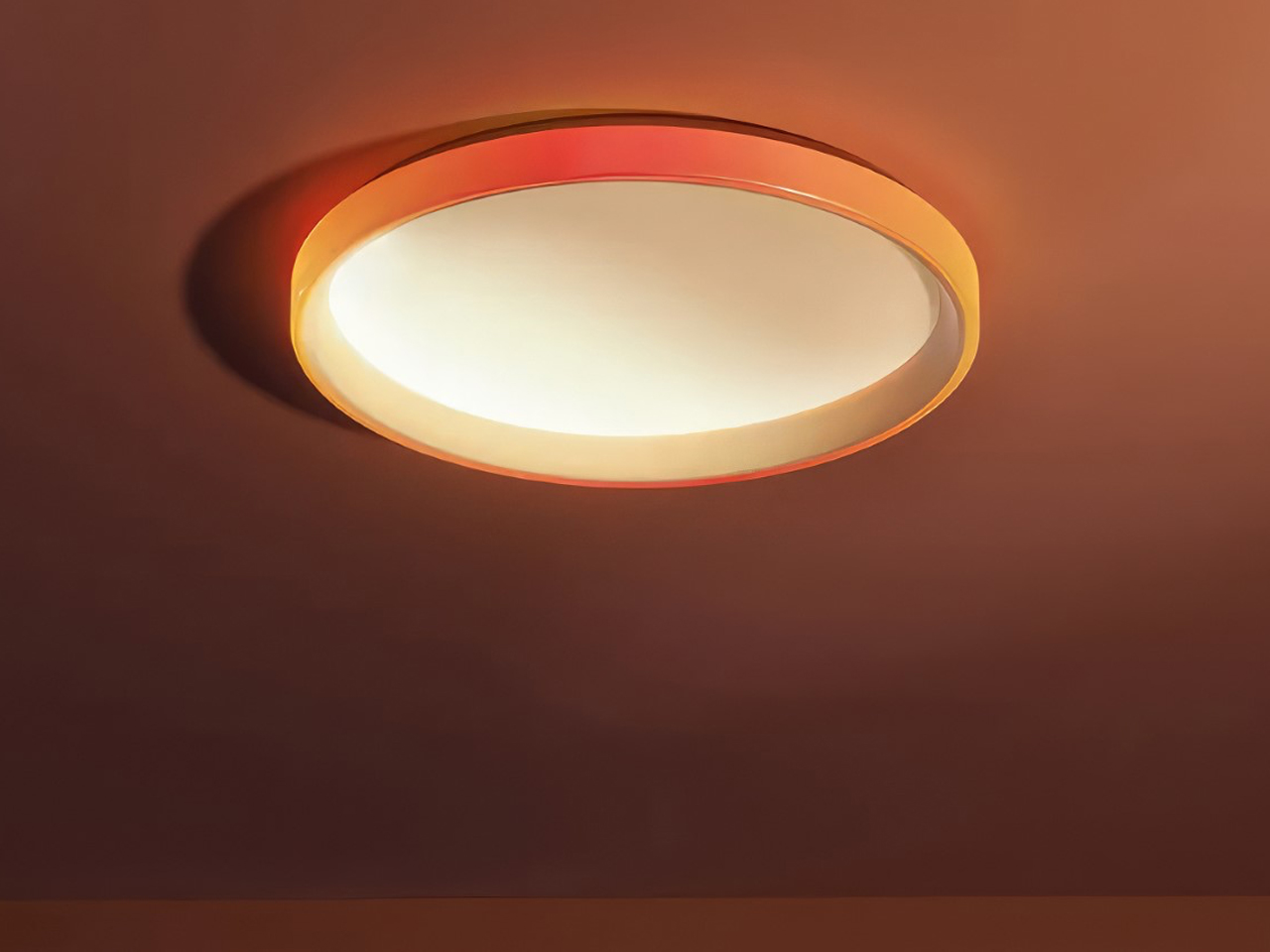
7. Conceal Technology
The art of concealment has become a cornerstone of sophisticated smart home design, where the goal is to create spaces that feel distinctly human rather than overtly technological.
8. Choose Functional Decor
Devices that are equal parts functional technology and sculptural design elements are on the rise, representing a sophisticated approach to technology integration.
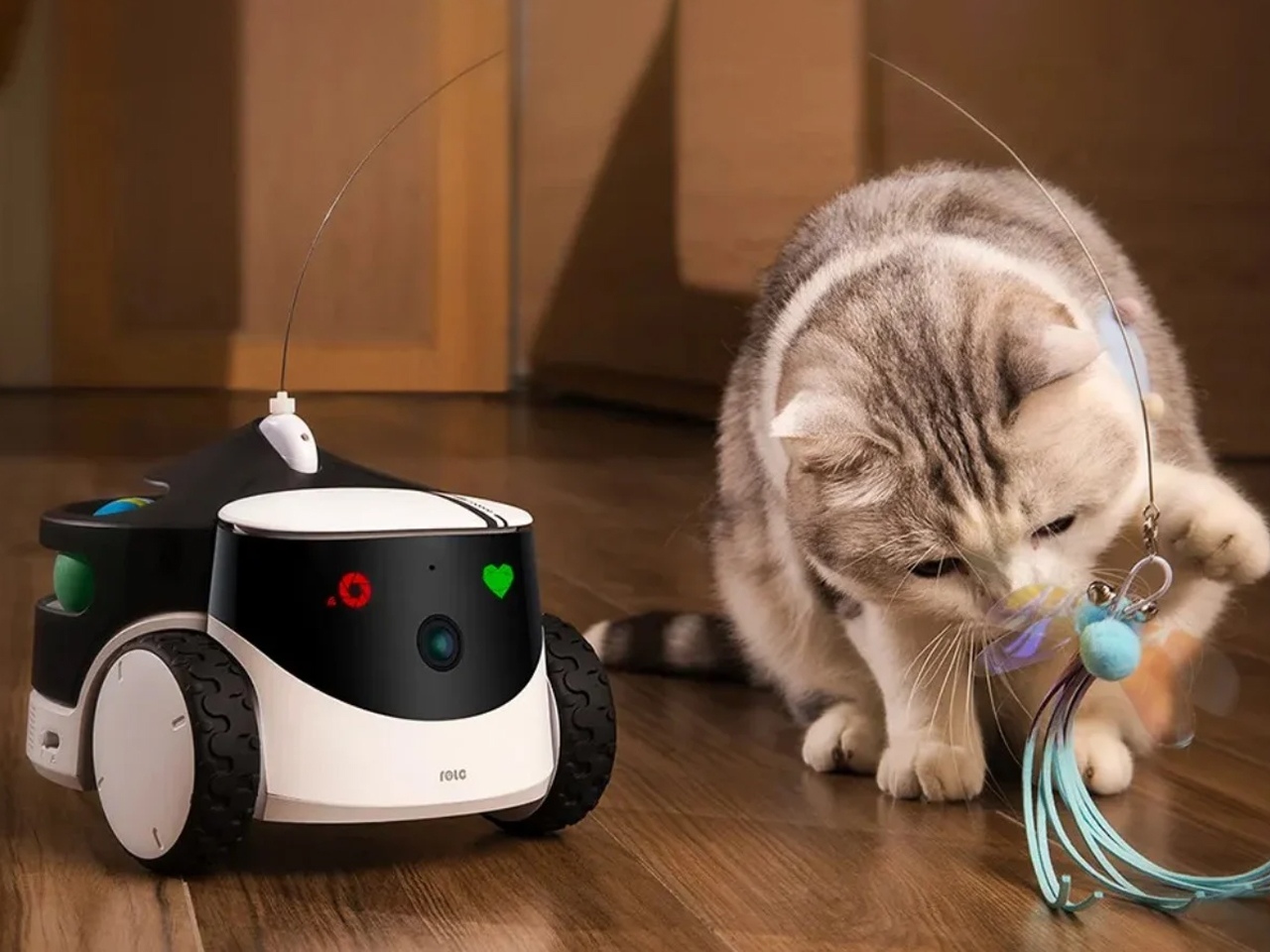
9. Plan for Flexibility
Future-proofing smart home design requires a sophisticated understanding of both current technology and emerging trends, incorporating modular infrastructure.
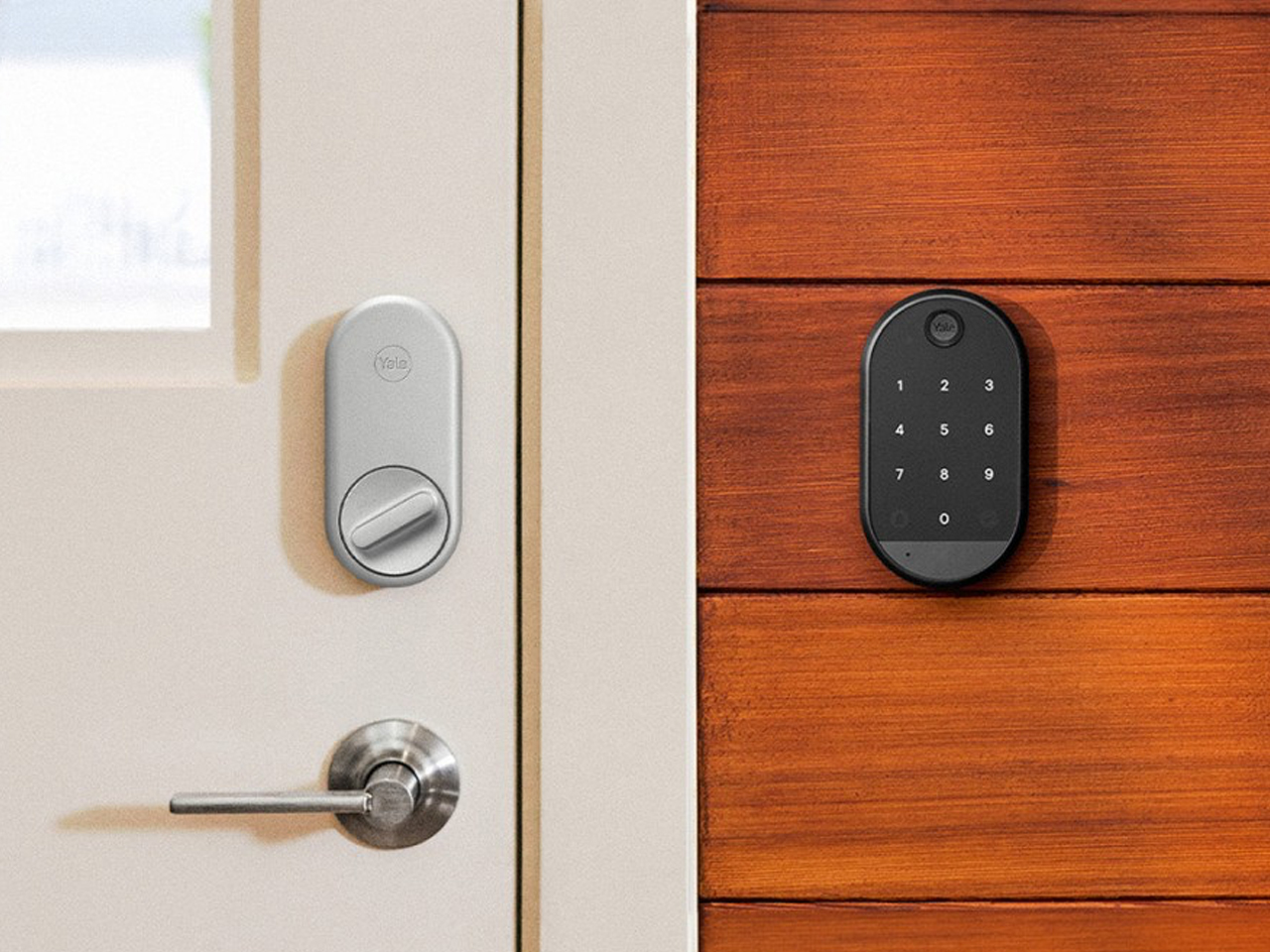
10. Incorporate Smart Gardening
The integration of biophilic design with smart technology represents the next frontier in sophisticated interior spaces, featuring AI-driven climate control and automated nutrient delivery.
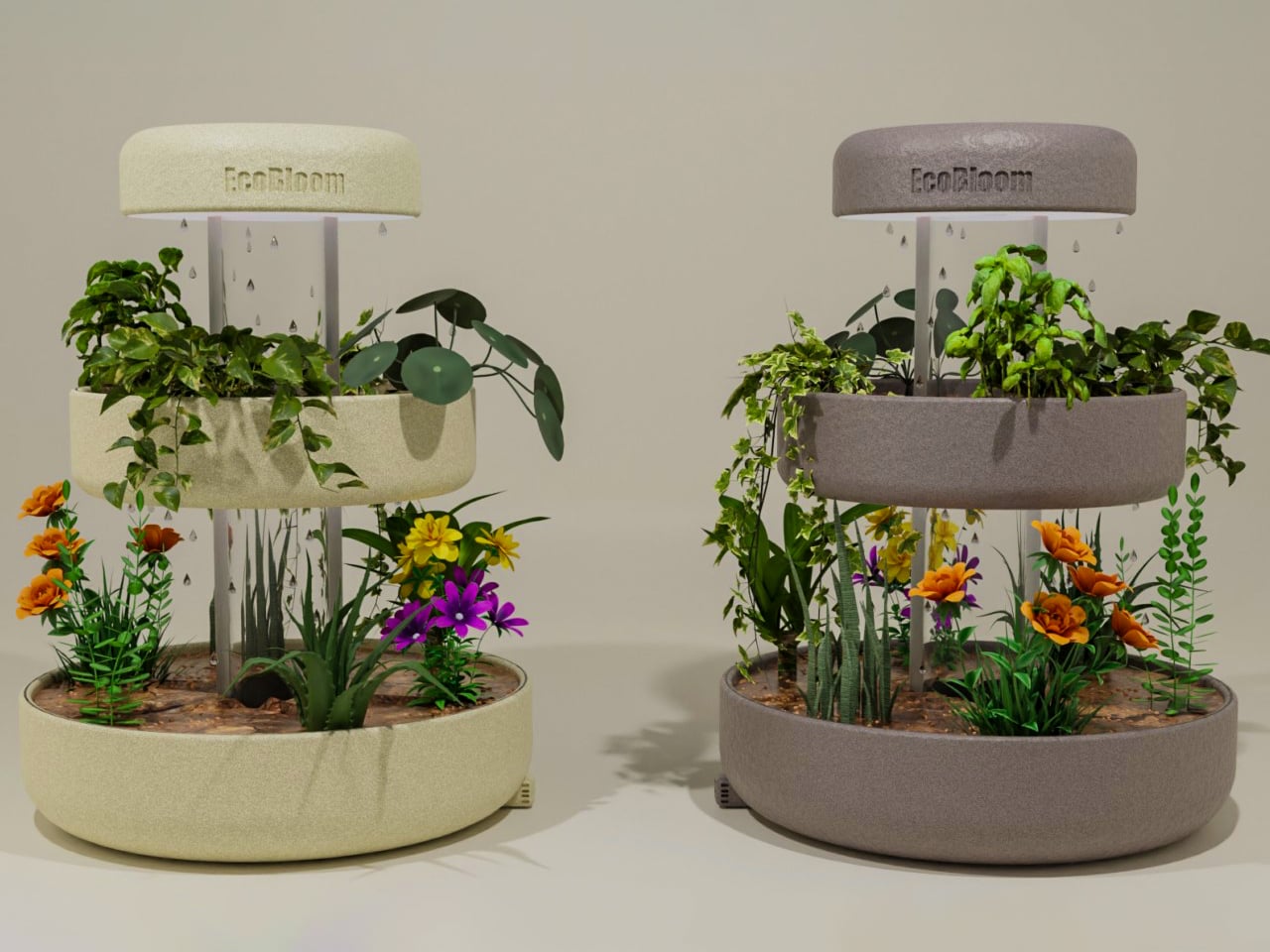



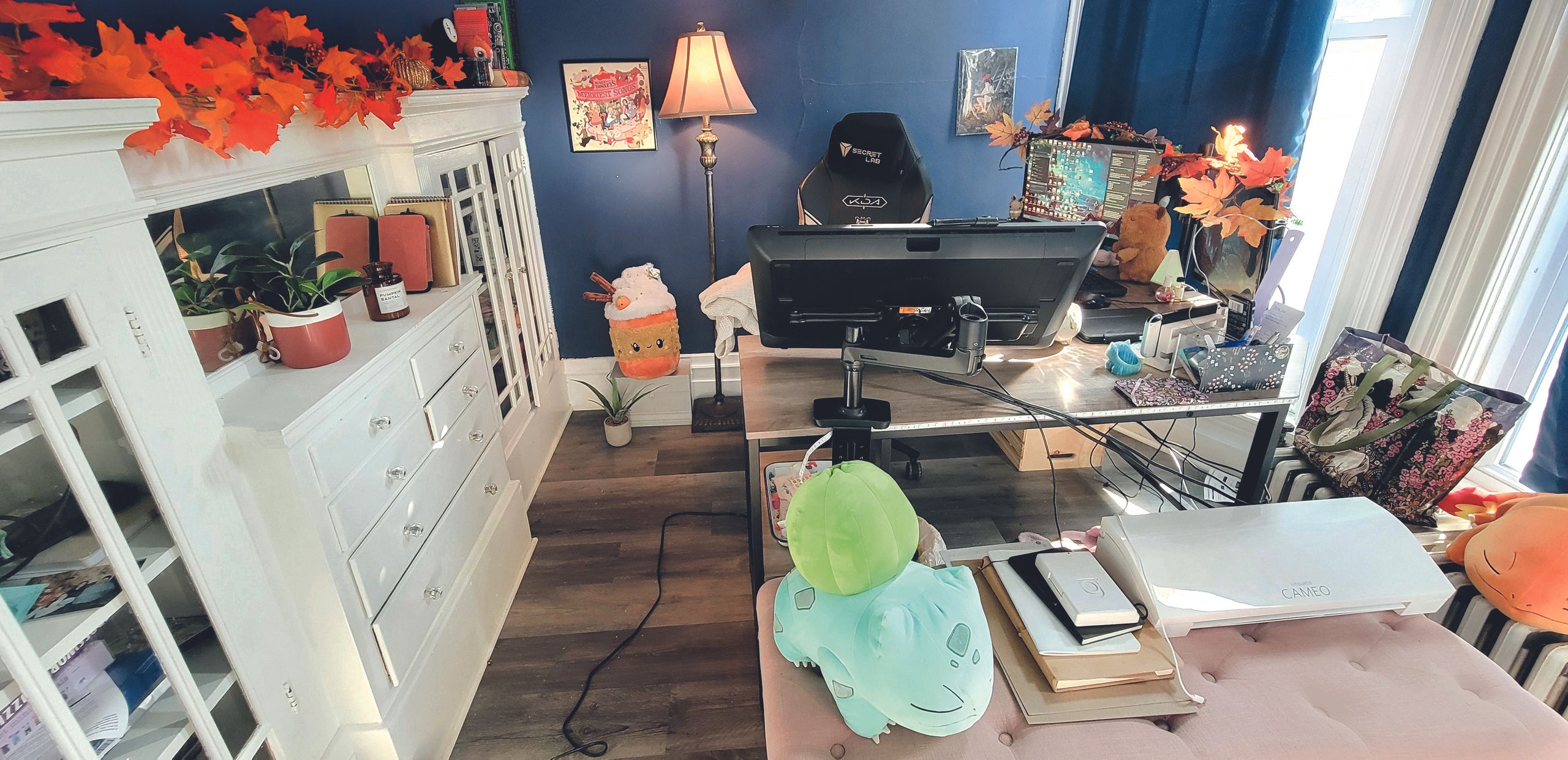
Comments
Join Our Community
Sign up to share your thoughts, engage with others, and become part of our growing community.
No comments yet
Be the first to share your thoughts and start the conversation!